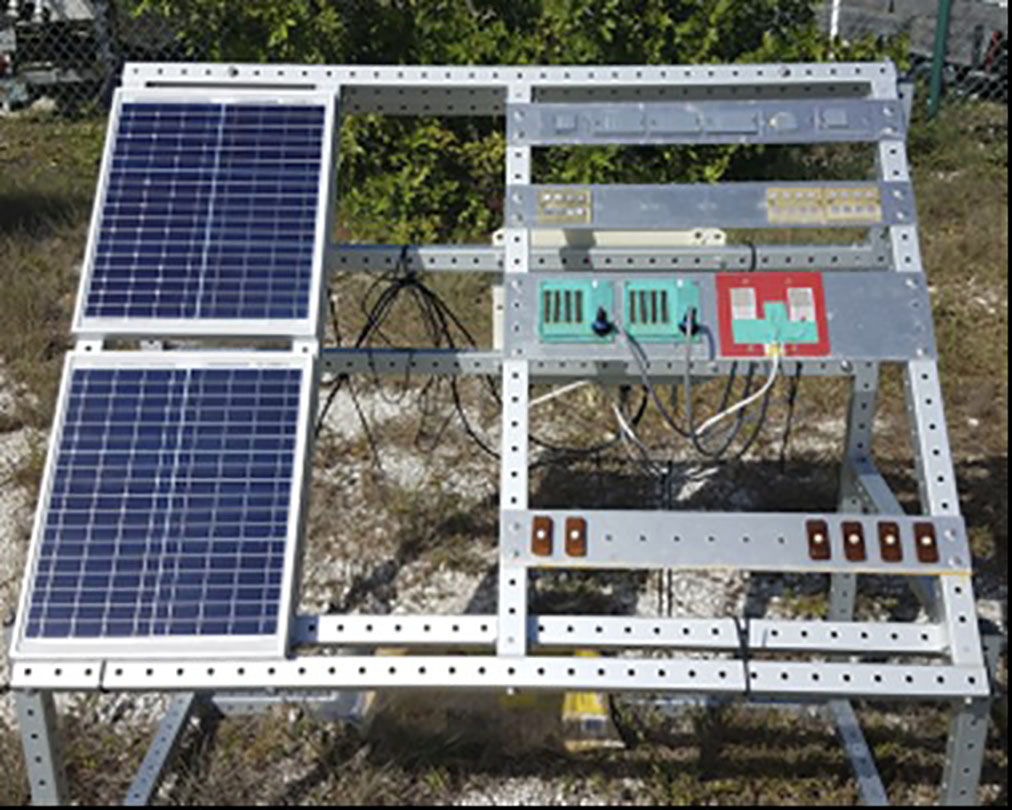WRIGHT-PATTERSON AIR FORCE BASE, Ohio – The Air Force Research Laboratory’s Coatings and Corrosion Teams are dedicated to providing the latest state-of-the art coating systems for aerospace products to enable the warfighter to safely and effectively conduct operations while protecting Air Force and Department of Defense assets.
Currently, Hexavalent Chromium is the go-to for corrosion protection material. However, it is highly toxic, carcinogenic and in the process of being phased out.
“To ensure that alternative coating systems can perform as well as chromated systems, understanding the durability of non-chrome materials is a must,” said William Hoogsteden, AFRL Coatings Team Manager.
AFRL and the Republic of Singapore Air Force are negotiating a project agreement to conduct an evaluation of coatings in a corrosion environment that consists of a tropical rainforest that is highly suitable for corrosion testing. They are experimenting with non-chromium coatings due to businesses depleting their stock and no longer acquiring the material.
AFRL is grateful to have access to such a setting. Using RSAF aircraft ensures $260,000 in cost savings and numerous hours in time investments.
A Corrosion Environment Measurement System (CEMS-3000), set up by Corrosion Prognostics LLC and AFRL’s Corrosion Integrated Product Team at the RSAF Base would provide corrosion data depicting the viability of non-chrome coatings in aggressive corrosion environments. This data is then fed into prognostic corrosion models to accurately predict the corrosion behavior of materials on Air Force and DOD assets.
The F-16 Program Office fully supports the proposed coatings and corrosion project with Singapore and is interested in using the data generated by the effort to support the transition of coatings technology.
“This project would provide valuable information in understanding the behavior of these coating systems and predicting corrosion inhibition performance on the aircraft,” said Nathan Hawkes, F-16 Program Manager.
Upon finalizing the project agreement and securing International Cooperative Research and Development funding, the teams plan to deploy the CEMS 3000 and coat the first aircraft.
Gathering data to develop clear-cut corrosion predictive models that enable quicker transition of materials into the Air Force inventory with non-chrome coatings will also extend the life of assets, resulting in further cost savings.

A Corrosion Environment Measurement System (CEMS-3000), set up by Corrosion Prognostics LLC and the Air Force Research Laboratory Corrosion Integrated Product Team at the Republic of Singapore Air Force Base, would provide corrosion data depicting the viability of non-chrome coatings in aggressive corrosion environments. (Courtesy photo)

